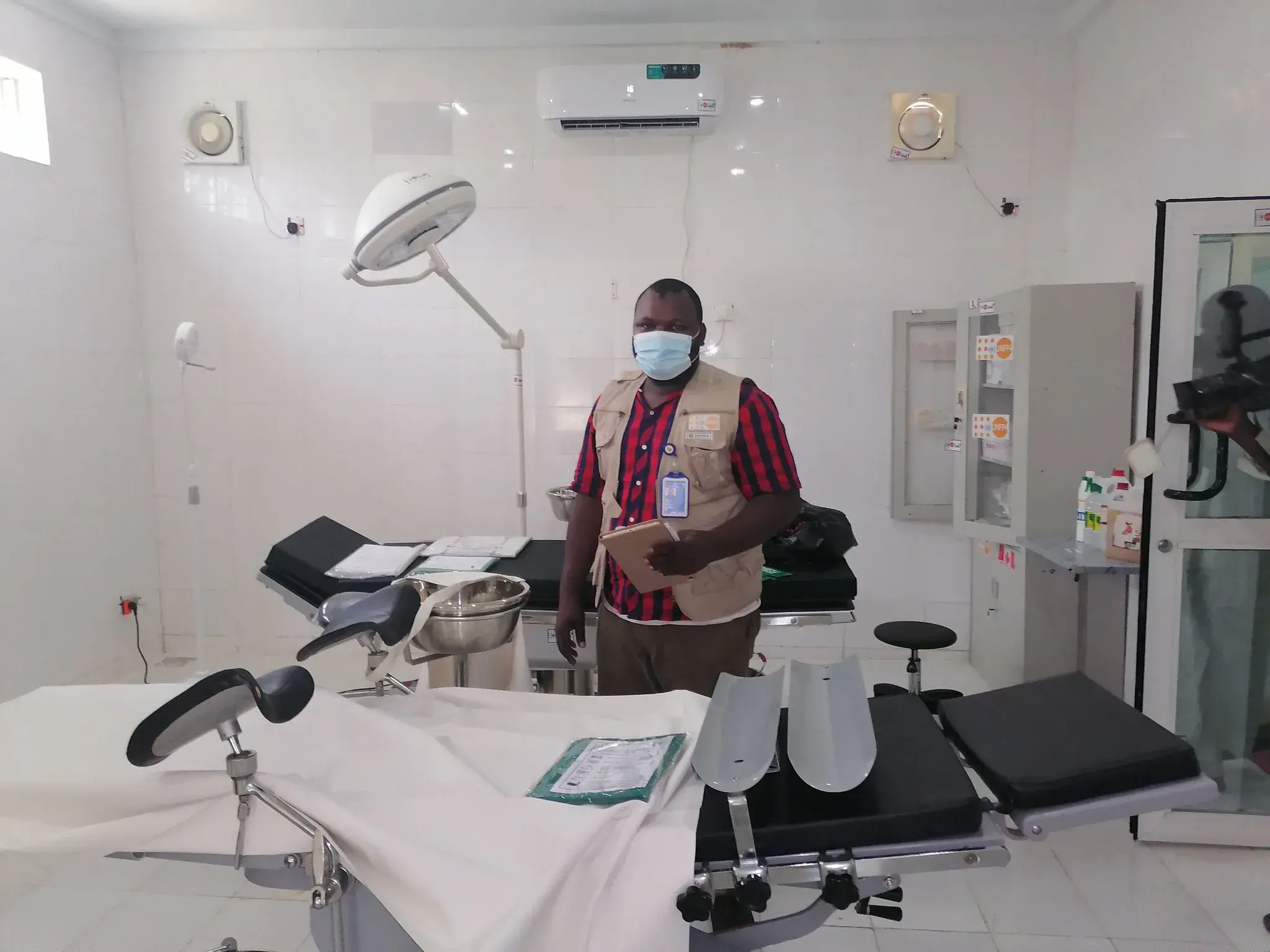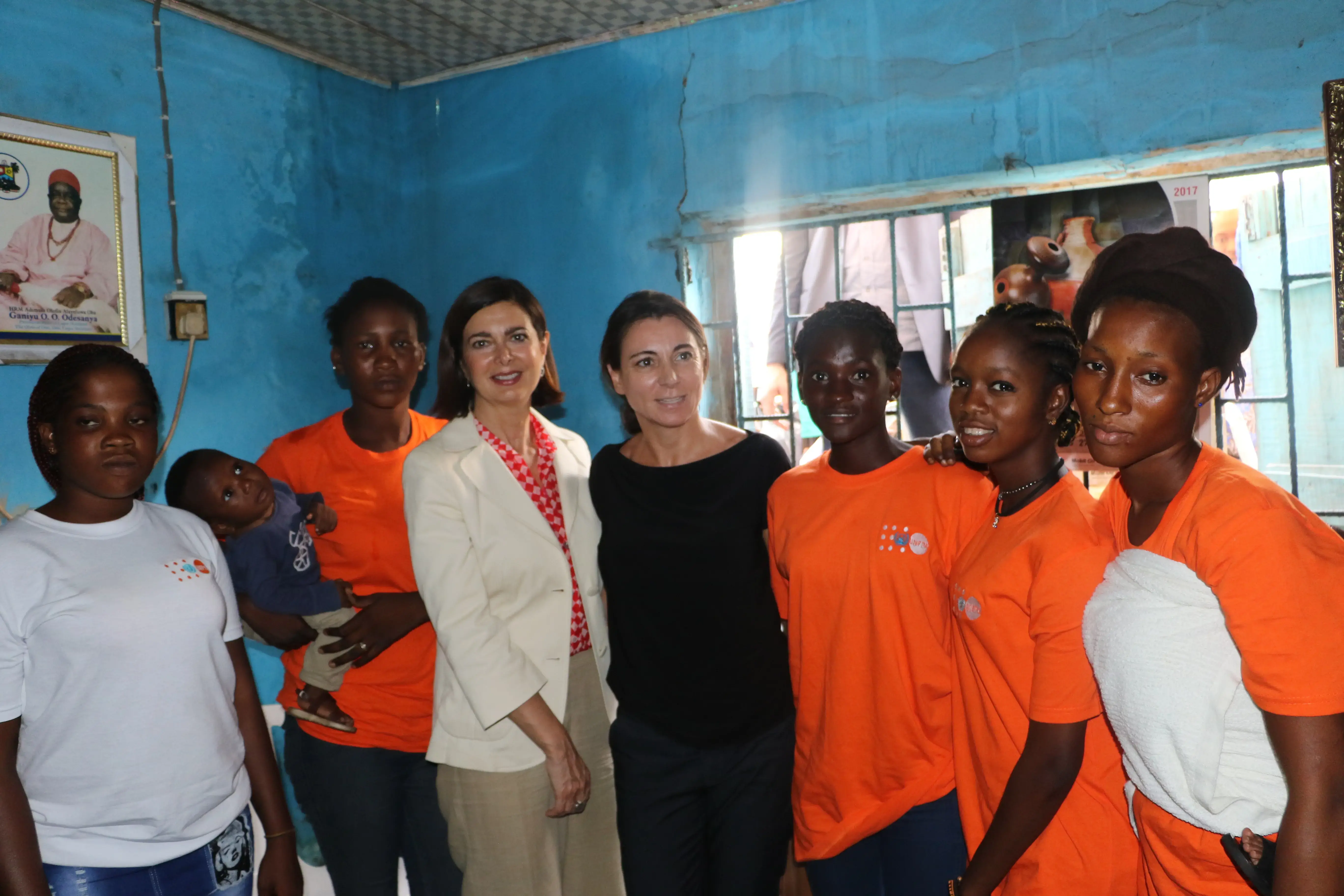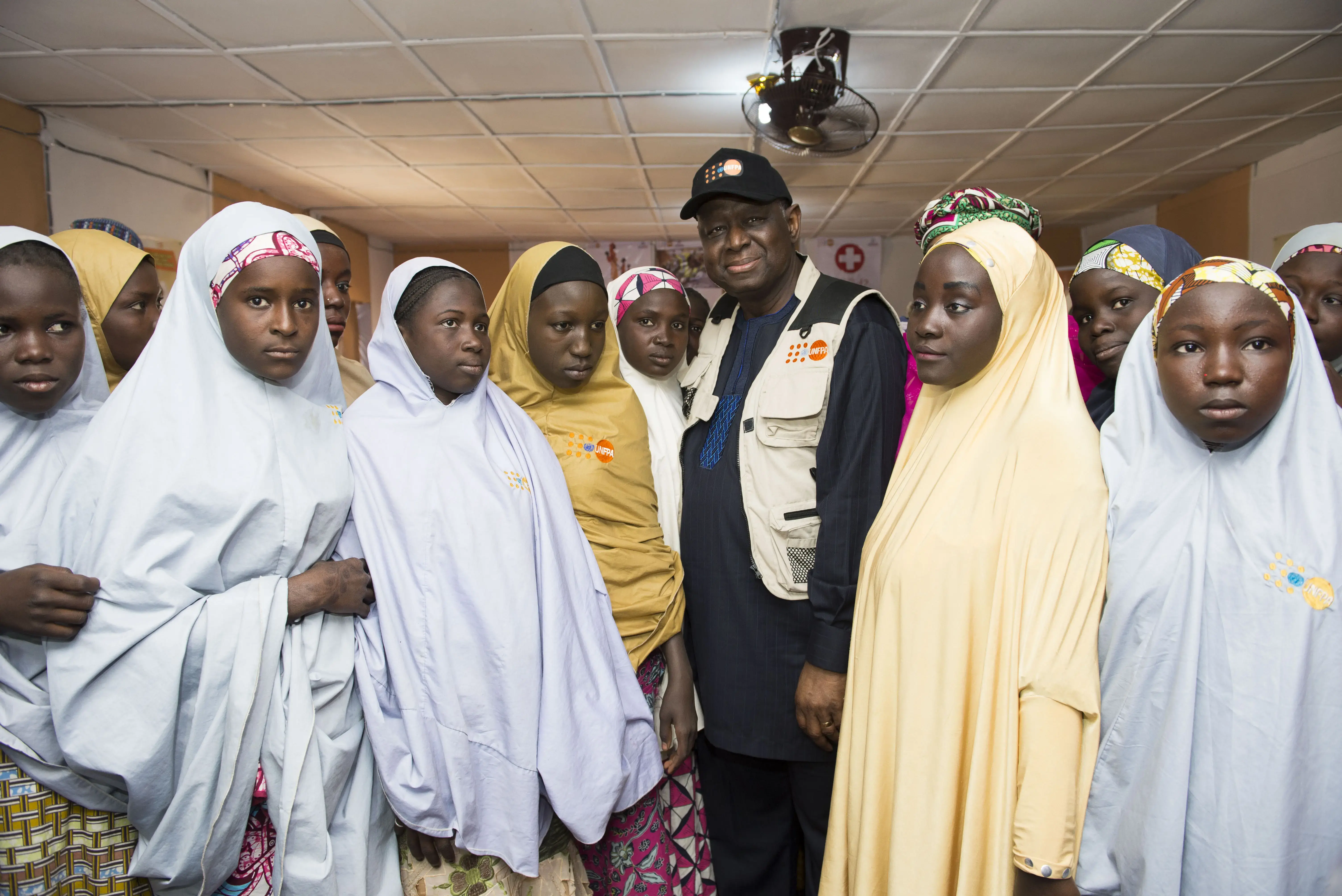Obstetric fistula (OF) is an abnormal opening between the vagina, bladder and/or rectum, often
caused by prolonged obstructed labour and is marked by incontinence of urine, faeces or both (NSF
2019-2023). It is closely and directly linked to maternal mortality and morbidity. Basically, there are
two main types: (a) Vesicovaginal fistula (VVF) which is a situation in which the abnormal opening is between the bladder and the vagina resulting in continuous leakage of urine and, (b) Recto-vaginal fistula (RVF), which is a situation when the opening is between the rectum and the vagina resulting in leakage of faeces.
Prolonged obstructed labour is the main cause of Obstetric Fistula; which is a situation when labour is prolonged beyond 12 hours due to an obstruction from a mismatch in size between the presenting part of the baby and the birth canal. Women with OF experience extreme physical, emotional, psychological conditions and sufferings (NSF 2019-2023). Obstetric fistula is often associated with
a high possibility of foetal loss, foot drop, depression, stigmatization, rejection and secondary infertility.
Many patients have become outcasts in their communities and some have taken to begging and prostitution for survival. The condition (OF) has been listed as one of the international public health problems affecting women and girls in less-resourced countries of the world. Fortunately, OF is both preventable and treatable. It can be prevented if every pregnancy experience is supervised by a skilled birth attendant and necessary steps are taken to guide against the three delays that contribute to the development of obstetric fistula, that is: a) delay in seeking medical attention; b) delay in reaching a medical facility; and c) delay in receiving medical care at a health care facility.
Obstetric Fistula is a treatable condition. Currently, there are many specialised Vesicovaginal fistula treatment centres and units in Nigeria that are charged with the responsibility of providing such services for women and girls with OF. Some VVF cases that are less than four weeks’ duration
could be successfully treated by the insertion of the urethral catheter for up to four weeks (Engender Health 2010). While the majority of obstetric fistula can be surgically closed and continence regained, about 10% of these women remain incontinent. However, accessibility to the fistula treatment services in those centres is still a challenge due to the inadequate number of facilities and skilled providers to meet the demand.
The condition (OF) is embedded in another public health service – maternal and child health. That being the case, a two-layered communication strategy is needed to address the problem of obstetric fistula in Nigeria. The first layer of the communication strategy should promote the health-seeking behaviours of the pregnant women and girls on Antenatal Care (ANC), facility delivery and/or delivery under the supervision of skilled birth attendants (SBAs) and appropriate use of family planning/child spacing methods to delay or limit the number of births. Antenatal care offers the opportunity for pregnant women to be educated and counselled about the causes, prevention and treatment of obstetric fistula. The focus of the SBCC strategy would be to analyse the factors that influence registration and regular attendance of ANC services, promote ANC utilization and facility delivery under the supervision of skilled birth attendants. The second layer is to create public awareness, educate and empower the general population about the causes, prevention, treatment and how to rehabilitate and reintegrate OF victims into the society.





